The wait is over. Trials of the Jedi is available now! We have two non-spoiler reviews up on the site (mine and Colin’s) if you haven’t had a chance to dive in yet. In both cases, we praised Charles Soule for crafting an impressively satisfying finale to the High Republic saga.
But with so many memorable and iconic moments, we need another chance to discuss. That’s where this piece comes in. Who lives? Who dies? Who finally brings down Marchion Ro? What exactly are the Nameless? And is a secret Sith now lurking in the shadows post-Nihil? There’s a lot to unpack — especially the things I couldn’t touch on in the spoiler-free version. That includes the characters Soule absolutely nailed, and the ones I think he could’ve utilized better.
Trials of the Jedi takes a while to bake in the oven before it explodes with flavor. You can smell the aroma throughout the first several chapters, lulling you into a false sense of security. Next thing you know, Marchion Ro’s endgame is in full effect, and nobody is safe from a grisly fate.
With that in mind, this is full-spoiler territory. If you haven’t read the book yet, come back when you’re ready. Let’s go.
MAJOR SPOILERS FOR TRIALS OF THE JEDI AHEAD!
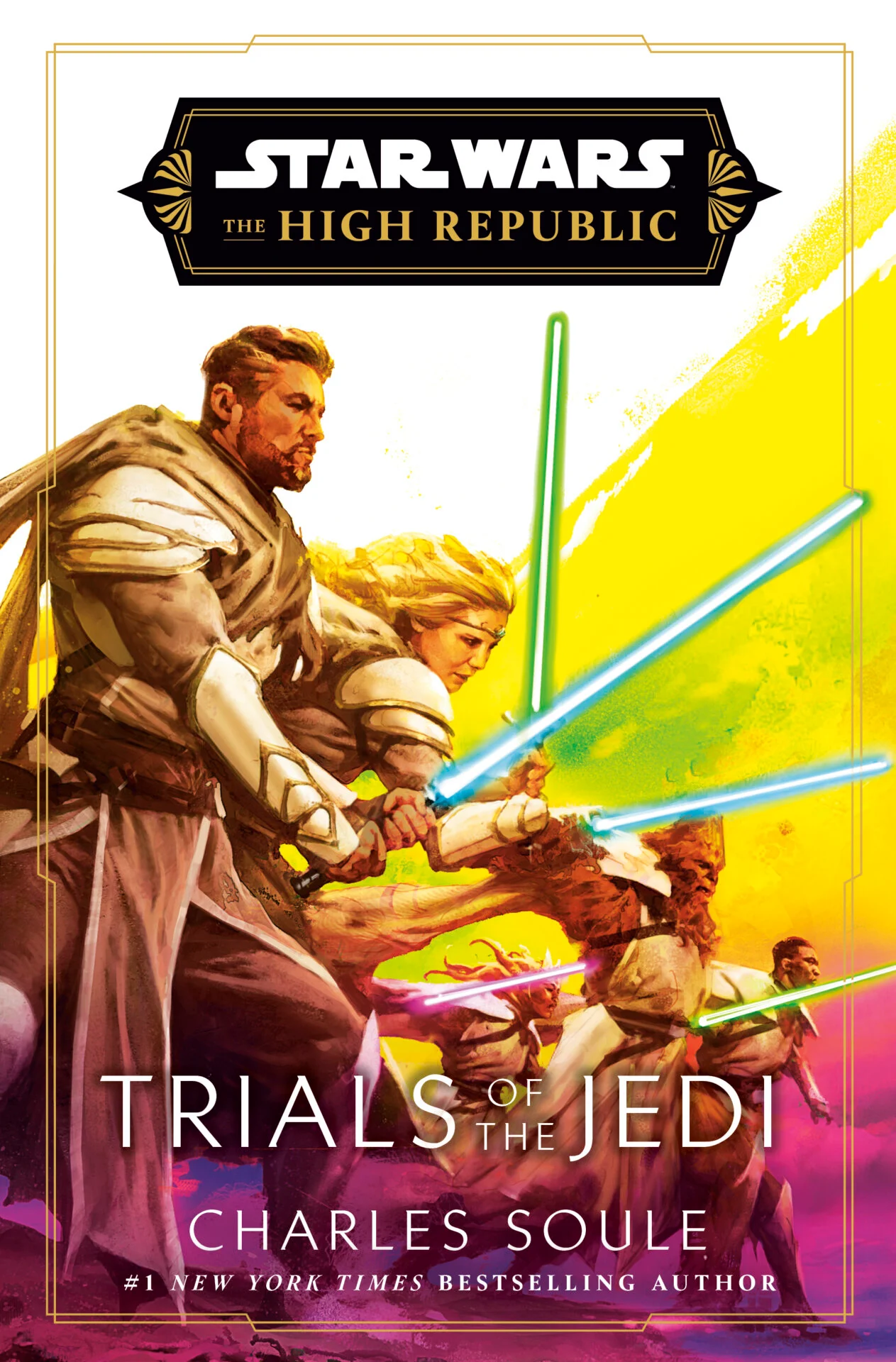
Marchion Ro’s Endgame
The driving crux of the book is the Jedi’s journey to Planet X in a desperate play to return the Nameless home and stop the Blight from consuming the galaxy. The group, dubbed the Luminous Nine, consists of Avar Kriss, Elzar Mann, Torban Buck*, Bell Zettifar, Burryaga, Ty Yorrick, Reath Silas, Azlin Rell, and Terec. A backup team, which included Vernestra, was left behind in the event something happened. And happen, something did.
Marchion Ro making a surprise appearance on Planet X was par for the course. Then he blew up the Gaze Electric, stranding himself and the Jedi. Then he used the Rod of Power to command the Nameless into killing each other, accelerating the Blight. That play was anything but. He straight up blew up the course.
It’s pure, unfiltered Ro: ruthless, callous, and terrifyingly theatrical. He tosses aside everything he built — the Stormwall, the Nameless, the Nihil — as if they were disposable pawns in a game of chess he’s playing alone. Marchion Ro’s endgame is all about the erasure of all hope. For him, it’s not enough that the galaxy ends. It has to end his way. Phase 3 has shown him to be bored and uncommitted to the idea of leading. Instead, he opts to go back to his base programming, a sociopath who wants to see the galaxy burn.

Torban Buck’s Sacrifice (*=Bro really dropped buckets of blood at the end there, didn’t he?)
Poor Torban. He was never supposed to be there. Wookiee Jedi Master Arkoff was originally tapped for the mission, but had to be replaced after losing a leg. Torban stepped up, but quickly found himself facing the Nameless horror in a mad attempt to stop them from tearing each other apart.
Unfortunately, this led to his demise. Torban’s death hits hard. Somehow, the High Republic team continues to find new and increasingly horrific ways for the Nameless to kill a Jedi. They didn’t even bother husking Torban, just ripping the guy apart. A fate crueler than what most have received in the High Republic, a stark reminder of how dire the situation is. Poor Torban. He never had to be there.
Porter Engle Becomes Legend
By destroying the Gaze Electric, Marchion Ro also destroyed the Nihil Stormwall. Some readers questioned the sudden collapse across other stories, but I love what it represents, as we discussed earlier. Marchion throws everything away in the blink of an eye. The Nihil? Let them burn. Let everything burn.
The Stormwall’s fall changes the tide of the Battle of Eriadu. This is the last real fight between Republic forces and the Nihil. While Soule doesn’t get into the politics of it all (see The High Republic Adventures for that), he does boil things down to a simple fact of life. The ordinary people of the Republic are sick of this and are willing to fight for their freedom.
That brings us to General Veiss. She calls for reinforcements, but she gets more than she bargained for. Enter Porter Engle. Both of them know it’s time to end their grudge feud. The pair has been fighting the same fight for centuries, and it’s turned Porter into a completely different Jedi: someone his sister Barash may even be ashamed of, someone vengeful and full of rage.
What I love about this final fight is that it isn’t a fight. Veiss’ mention of Barash in their previous encounter awakened the real Porter. The Blade of Bardotta realizes he is strong enough in the Force not to need his blade to claim victory. Porter Engle’s final triumph over Veiss comes when he puts aside his selfish desires for things to go back to the way things were. He embraces the ideals of a Jedi, only igniting his lightsaber at the very end to kill Veiss.
It’s a moment that echoes Luke Skywalker’s last stand on Crait in The Last Jedi. The lightsaber isn’t meant to be wielded as a weapon of war, which is what Porter became. Porter remembers he’s a Jedi, a weapon of light and life. One of my favorite moments in Trials of the Jedi, but there’s another fight that was even better.
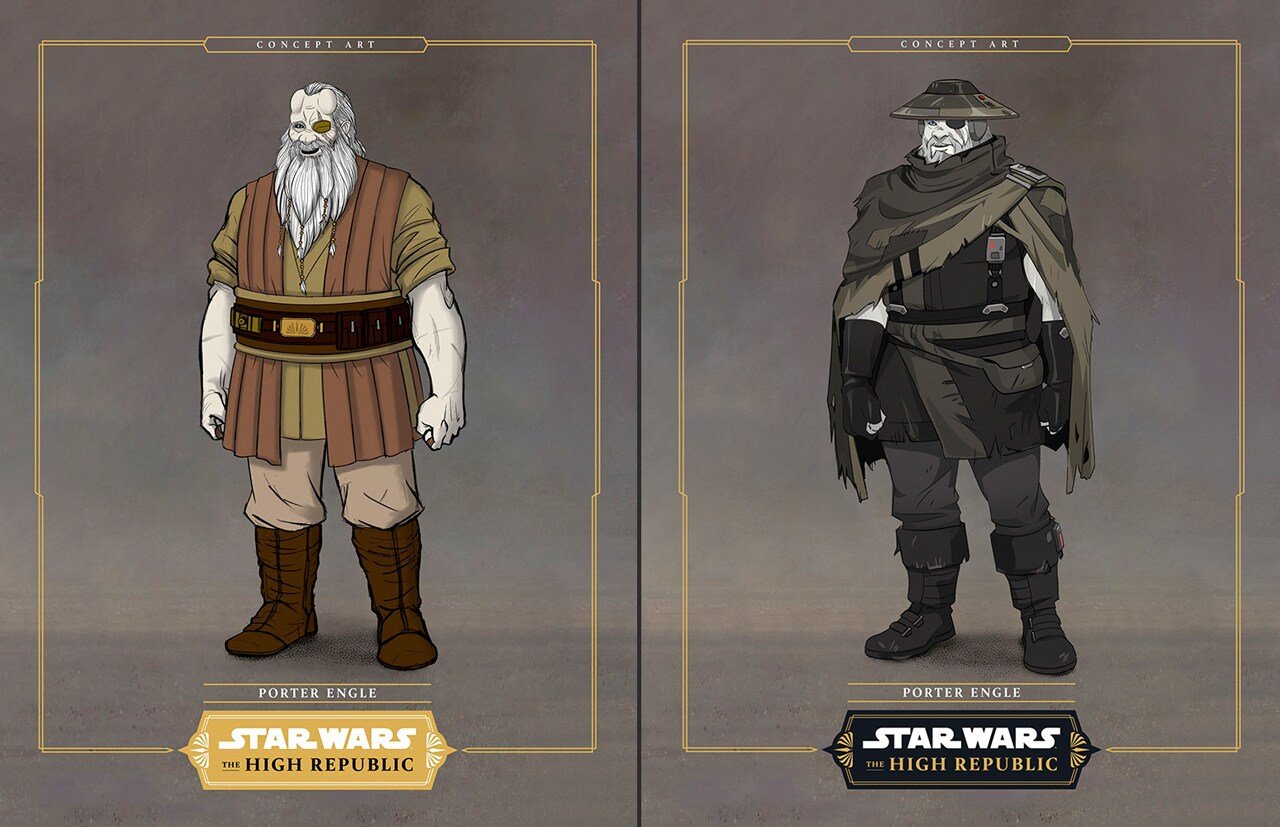
Marchion Ro vs. Bell Zettifar
Nothing could’ve prepared me for the moment Bell Zettifar faced down Marchion Ro, the man responsible for his master’s death. The man who wields Loden Greatstorm’s lightsaber like a trophy, a twisted reminder of the Jedi’s failure. Of all the planes Soule needed to land in Trials of the Jedi, who would take on Marchion was the most important. There were many candidates, but honestly, Bell was probably the safest and most logical choice. There’s a deep personal connection between these two that warranted a confrontation (and it’s a good excuse to shoehorn in the obligatory lightsaber fight).
Throughout the fight, Marchion plants seeds of doubt in Bell’s mind. Even if Bell wins, Marchion has already won. The Jedi can’t stop the Blight. The galaxy is lost. Hope begins to fade; Bell’s fire begins to die. Deep down, he agrees. The Jedi can’t win. And then, another voice enters Bell’s mind to tell him how ridiculous he sounds, and I immediately lost all control of my bodily functions.
Loden reaches out through the Force, reminding Bell who he is. He encourages Bell to recall the big lesson he always tried to instill: no matter how dark it gets, the light is still there. As a Jedi, it is his responsibility to be that light. Loden’s charm and his sass shine through this scene, and I honestly couldn’t believe what I was reading. But Soule wasn’t done.
After Loden’s motivation proves not enough, the actual Force intervenes. I’m a sucker for the Force exerting its own will and what that says. Bell, now imbued with the full power of the Force, finally manages to overpower Marchion, rendering him beaten (but not dead).
The trope of mentors reaching out from beyond the grave, helping heroes unlock their hidden potential at the last possible second, is not new. However, Soule provides a lot to chew on with the added twist that the Force willed Bell’s victory. This isn’t just light vs. dark. The Nameless and the Blight threaten the Force’s very existence. Seeing it very literally take hold of Bell and propel him to victory will be living rent-free in my head for a while.
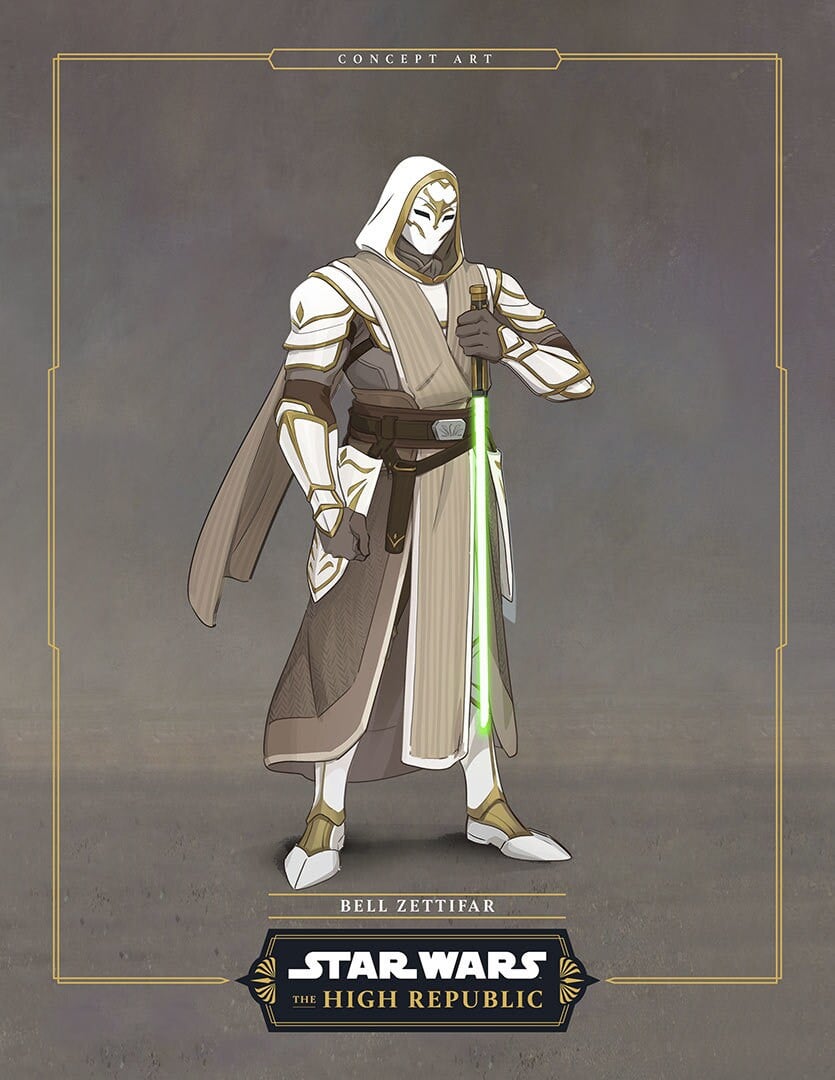
The Nameless Revealed
Truthfully, I don’t think the secrets we learned about the Nameless come as a shock. Most High Republic completionists could probably surmise that Planet X was some sort of vergence in the Force, not unlike The Clone Wars‘ Mortis. We learn that the Nameless are otherwise known as the Shrikarai. (That old nursery rhyme was onto something.) Avar and Elzar stumble upon a shrine where sentient Shrikarai explain to them the whole nature of the harm caused. By killing the Nameless, it upset the balance on the planet. When enough Nameless died, the Blight formed.
When a Nameless dies, an egg is “birthed” in the shrine. These eggs take years to hatch, and now, with so many Nameless dead, the Shrikarai are overwhelmed. They can’t maintain the balance between light and dark that threatens the eggs. Worse, they aren’t able to return balance to Planet X — AKA Sophros — before the Blight consumes the galaxy.
Avar and Elzar’s Destiny
With the Shrikarai unable to stop the Blight on their own, Avar Kriss and Elzar Mann are left with an impossible decision. The Force is calling them to act. Avar decides to maintain the light, while Elzar becomes the steward of the dark. With their help, the Shrikarai can slowly repopulate, and Sophros may heal. They can return to obscurity, their existence in the galaxy myth.
It’s a choice that means staying behind. Together, but apart. Possibly for the rest of Avar and Elzar’s lives. For as long as it takes to keep the dueling Force vergences in check. As an ending for two of the High Republic’s most important figures, it works wonders. Especially for Elzar, as someone who touched the dark side and almost succumbed to it. Now, thanks to the love and patience Avar has shown him, he finds peace. Where once there was fear, there’s confidence. The dark no longer frightens him, and he welcomes the challenge. That’s the type of bravado only Elzar Mann can muster.
Trials of the Jedi has two climaxes. The dramatic high came with Bell and Marchion. This “goodbye” is the emotional one. The more I sit with it, the more I appreciate it. Soule nails the finale for the two remaining Firebrands. Their journeys were all in preparation for a higher purpose, and they now get to push forward together. Stellan would be proud.
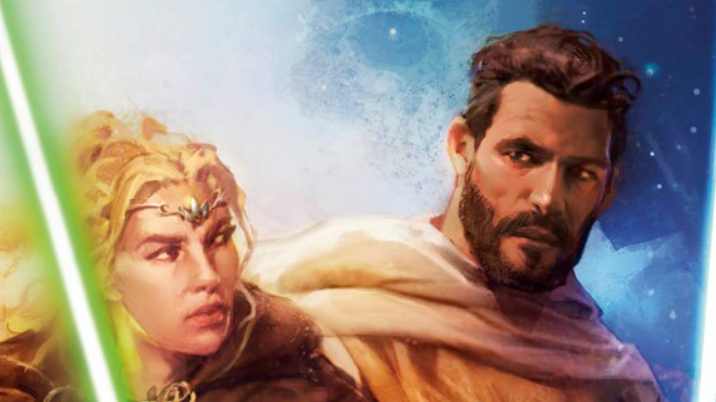
Azlin Rell
On the flip side of quality endings for characters I’m invested in, there’s Azlin Rell. The fallen Jedi played a vital role in unlocking the Rod of Ages and spent much of Phase 3 trying to make amends with the Jedi — on his own strange terms. But then Soule pulls the rug out with little warning.
After stumbling upon Barnabus Vim’s lost ship, Rell finds Vim’s lightsaber and bleeds the crystal red, fully embracing the dark side. He leaves the planet of his own volition. Reath later goes after him.
I was on team redemption for Azlin, which makes it frustrating to be teased across the entire initiative, only to be let down at the end. That said, it’s bittersweet that Azlin finally gets to choose the way he lives. For too long, he was handcuffed by the Nameless and the madness that came along with them. He’s free of that specific pain, and that gives me hope he could turn it around one day.
Still, it raises questions. What does the dark offer Azlin that he couldn’t find in the light? Would the Jedi have ever accepted him back? And could his fall mark the beginning of something else, perhaps even the rise of the Sith? The door is wide open for future stories.
Vernestra Rwoh
Vernestra Rwoh is the poster child for wasted potential in Trials of the Jedi. Upon learning of her relegation to the backup team, Vern immediately questions the decision. All the way back in Out of the Shadows, Mari San Tekka left Vern the Path to get to Planet X. She’s justified in wanting to see it through.
Yoda and the Jedi Council had sound reasoning to leave Vern behind. If something were to happen, such as the primary team’s ship getting destroyed, Vern could easily lead the rescue team. The issue? That’s precisely all she was good for.
I would’ve loved for Soule to explore that hint of jealousy that clouded her judgment for a brief period. On a macro level, Vernestra was absent for much of the Phase 3 endgame. She carries over into Wayseeker and The Acolyte, but there has been much discussion about those portrayals. This was potentially a chance to connect the dots. Instead, it’s a giant missed opportunity.
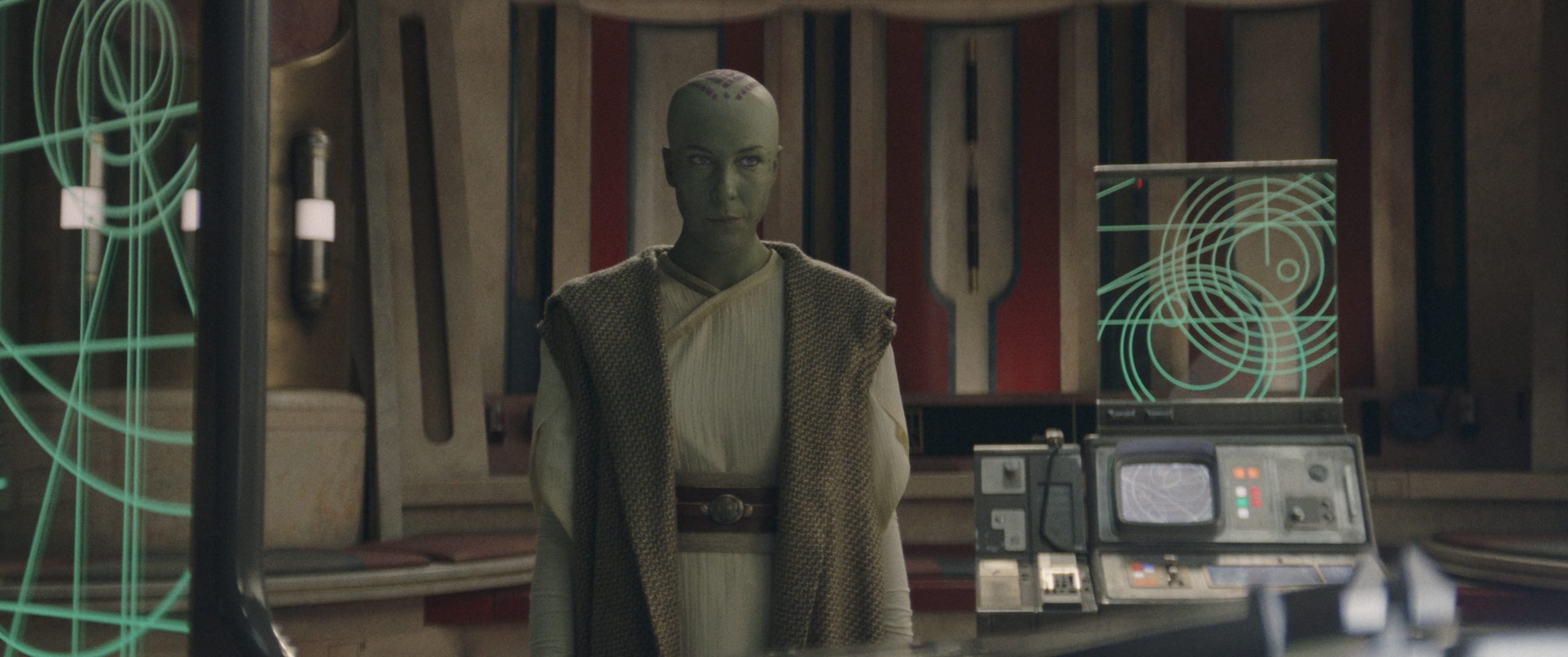
The Defeat of Marchion Ro and the Nihil
One last downer. After the Battle of Eriadu, Admiral Kronara sets his sights on liberating Hetzal. It would’ve been nice to see the fall of the Nihil. While Soule gets the message across perfectly fine with exposition, nor do I need everything spelled out for me, there is a lack of finality at that front. If there’s a major war being fought, I want to feel those final moments. Hetzal and its symbolic presence in the High Republic could’ve gone a long way to achieving that.
Instead, we have the trial of Marchion Ro. He is sentenced to spend the rest of his days alone at a secure, remote location. Throughout this scene and Chancellor Lina Soh’s speech afterward, it becomes clear how ready the galaxy is to move on. Despite everything Marchion did, the Republic pays him no mind. Not even Ghirra Starros, who rejoins the Senate.
Marchion is robbed of control, and when we rejoin him in his solitude, he feels alone. I really appreciated Marchion’s final pages, as they hammer home the ideals of the Republic. “We are all the Republic.” Speedbumps, like the Nihil, aren’t the story. The Republic will live on and grow. Marchion realizes that nobody will tell his story because nobody cares to hear it. It’s a powerful, just end for Marchion Ro. A madman desperate for fear and chaos, dies knowing everything he did was for nothing. He left no mark.
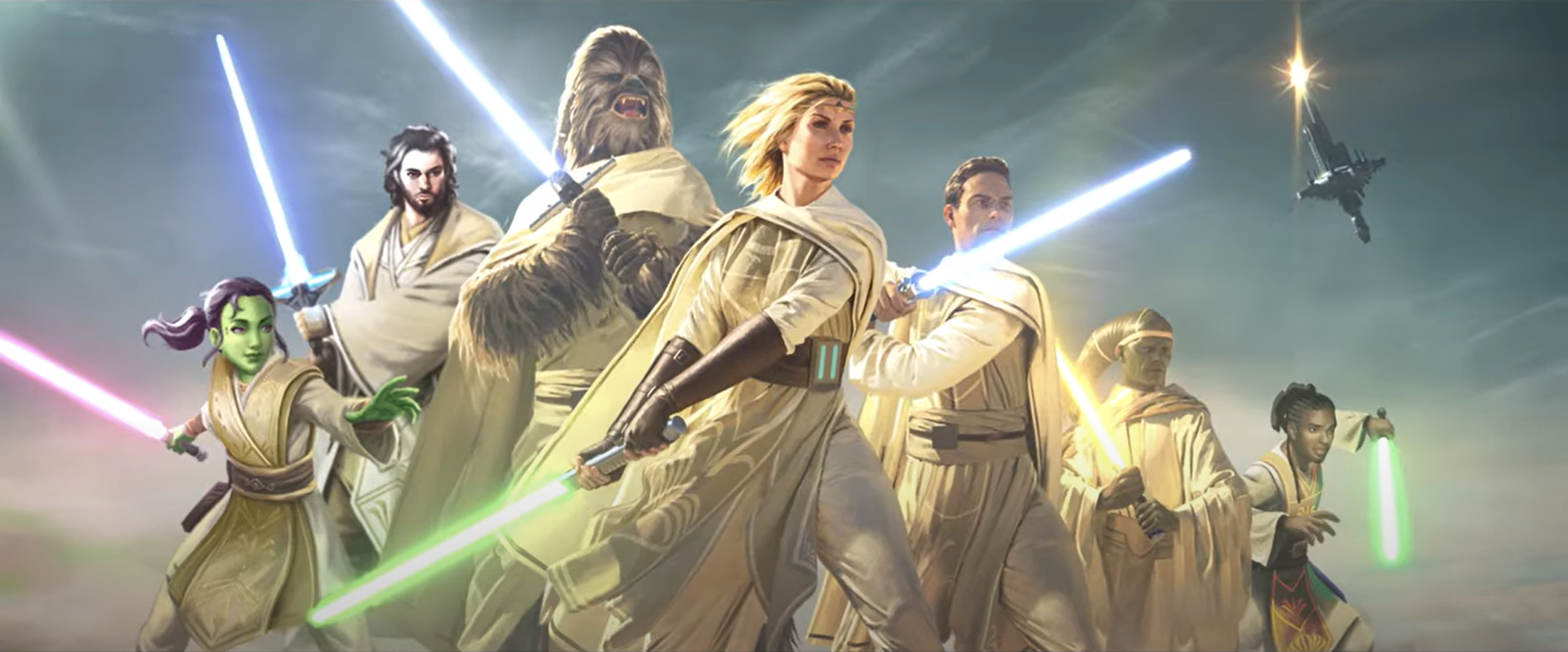
Saying Goodbye (and Hello Again) to the High Republic
Trials of the Jedi is the ultimate send-off to the High Republic. From the first page to the last, Charles Soule swung for the fences. Whether that’s with a mention of the Mother, charming cameos from the Jedi Brave in Jedi Way kids, expanded roles for Star Wars Insider stalwarts Joss and Pikka Adren, or convincing me both Ember and Burryaga were going to die, this is a book that is designed to make you feel every emotion. Even in the interludes that followed the Colman family’s escape from the Blight, Soule injects every page with what Star Wars is meant to be about: hope.
There are still avenues to travel and lingering questions to answer. That is the true beauty of this ending. We don’t really have to say goodbye. Light of the Jedi launched this ambitious initiative. After over four years of incredible storytelling, the High Republic era can now just be. And maybe that’s the greatest ending of all.
The High Republic: Trials of the Jedi is available now wherever books are sold. Thank you to Penguin Random House for the copies used in our series of reviews.

Nate uses his love for Star Wars and movies as a way to cope with the pain of being a Minnesota sports fan. When he’s not at the theater, you can usually find Nate reading or pretending he isn’t washed at video games.
source: www.starwarsnewsnet.com